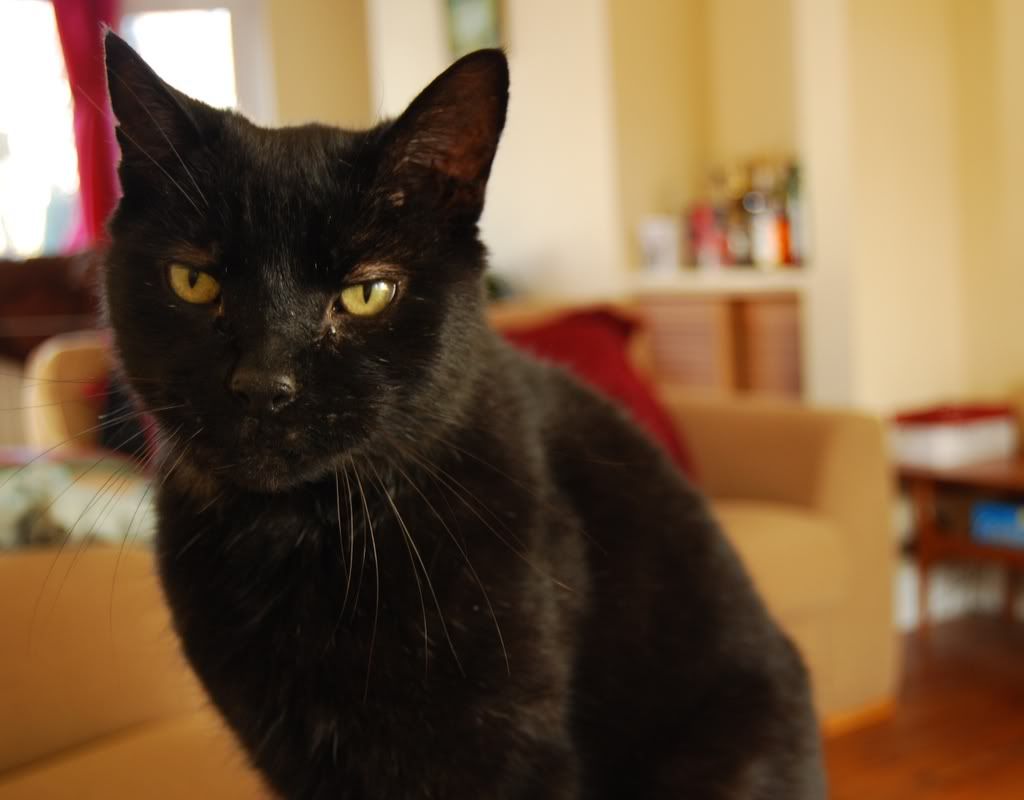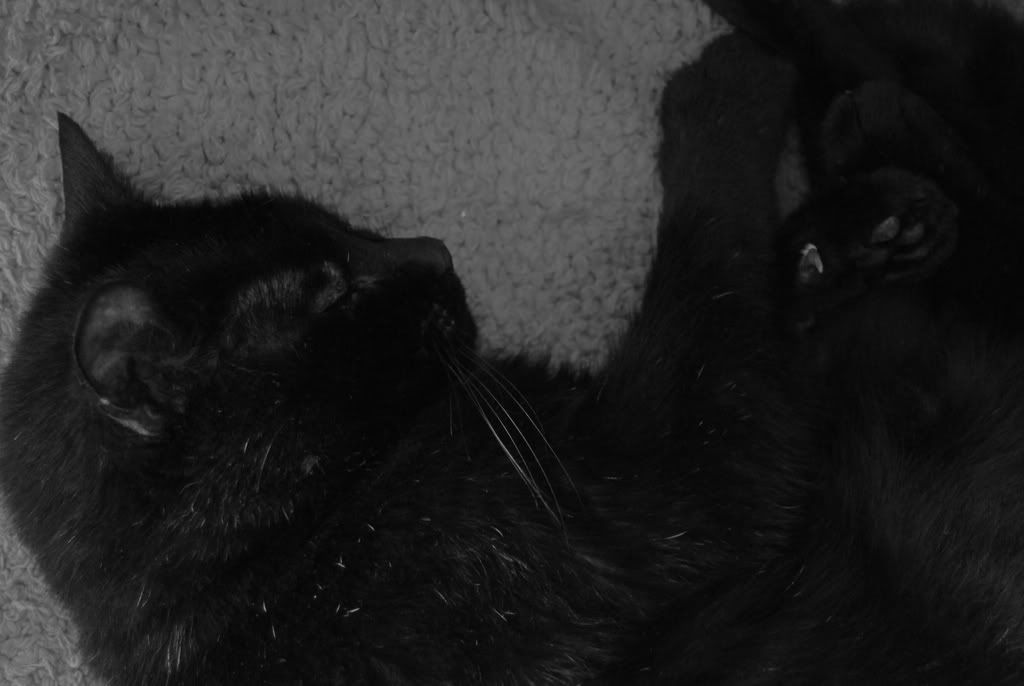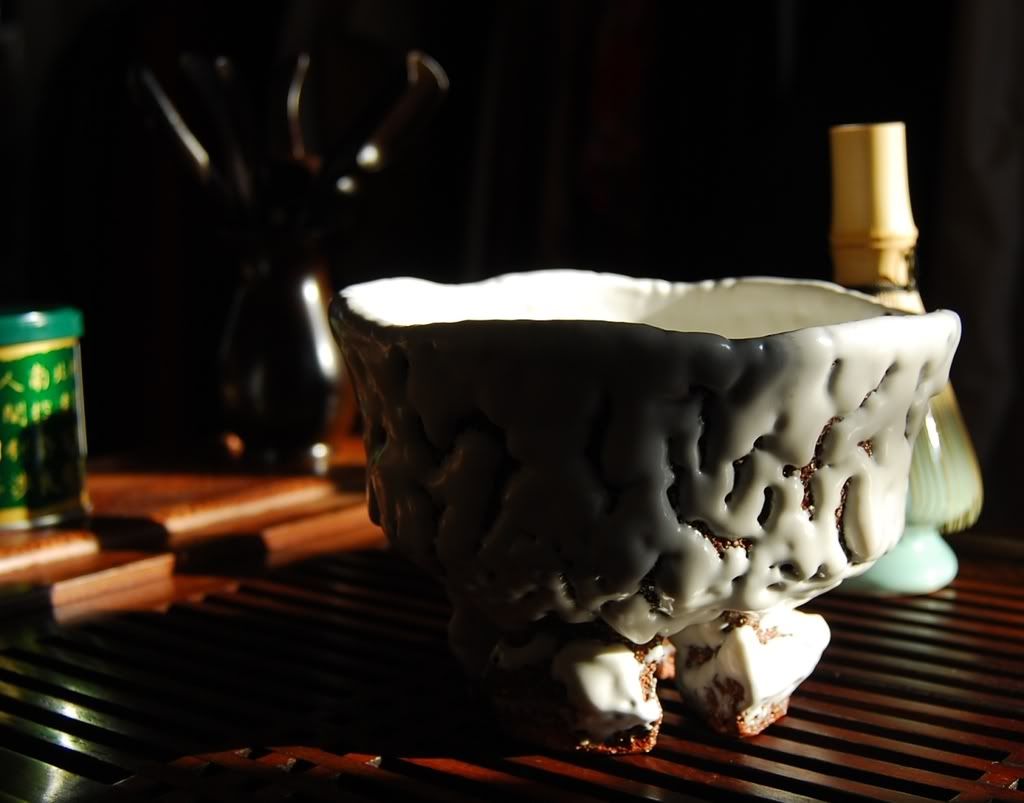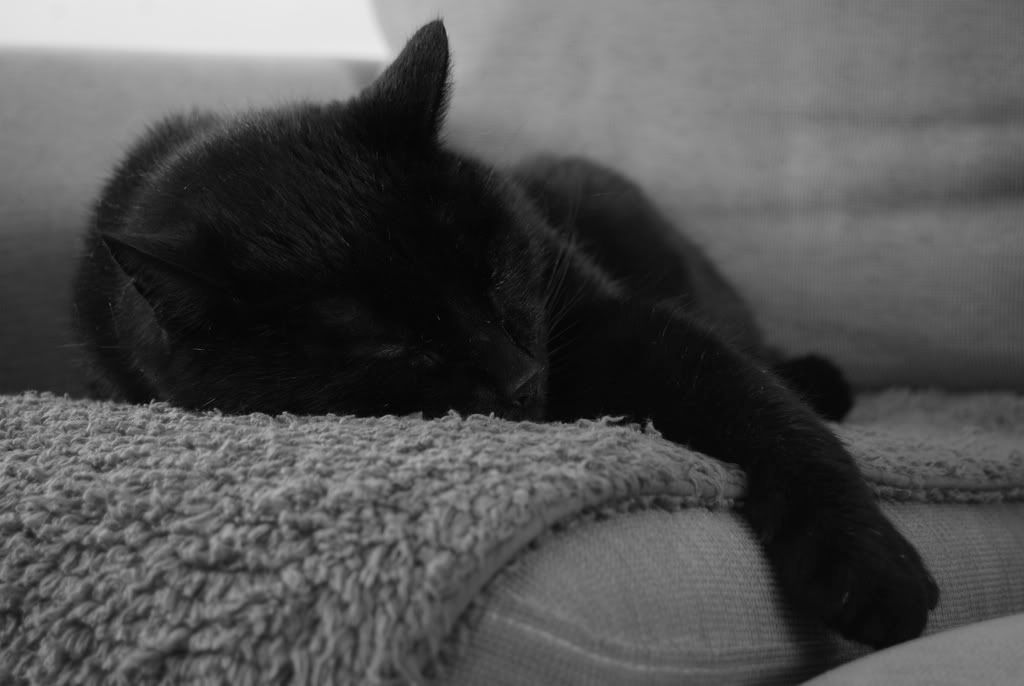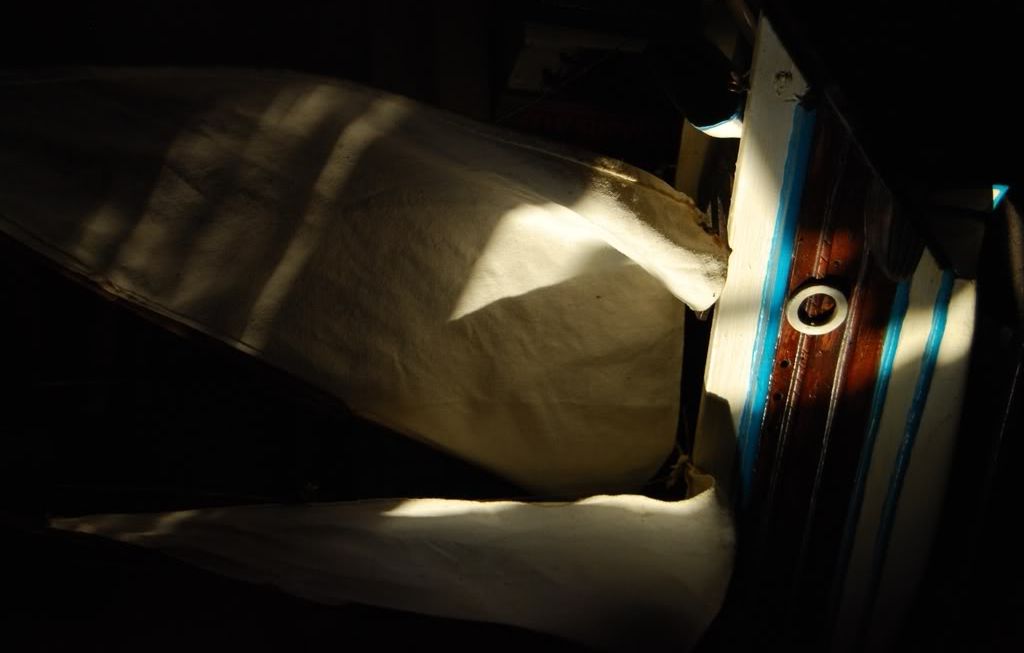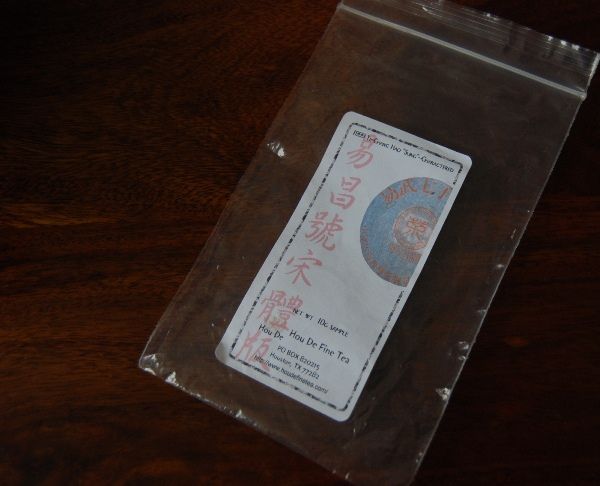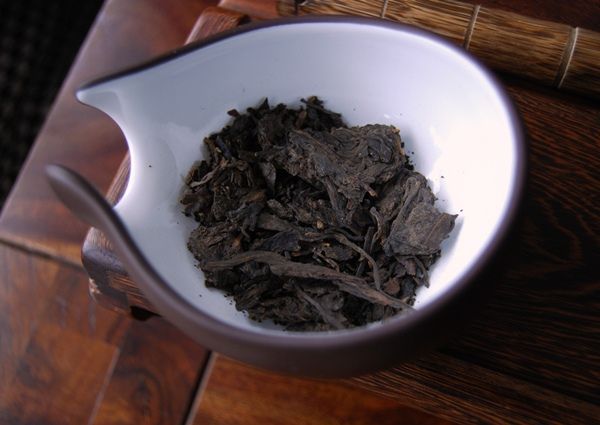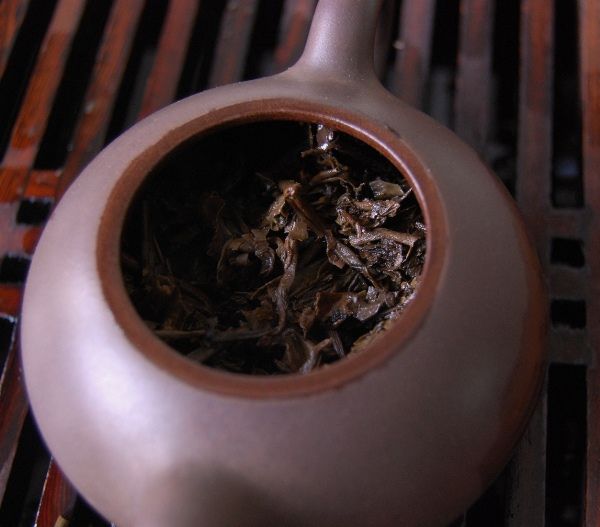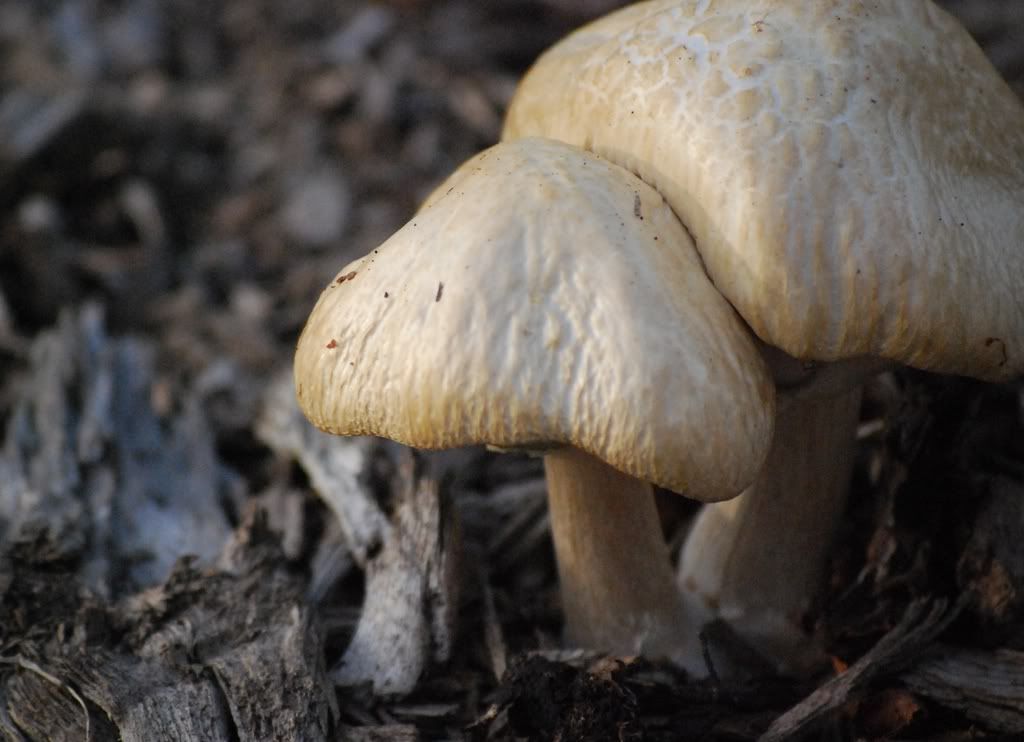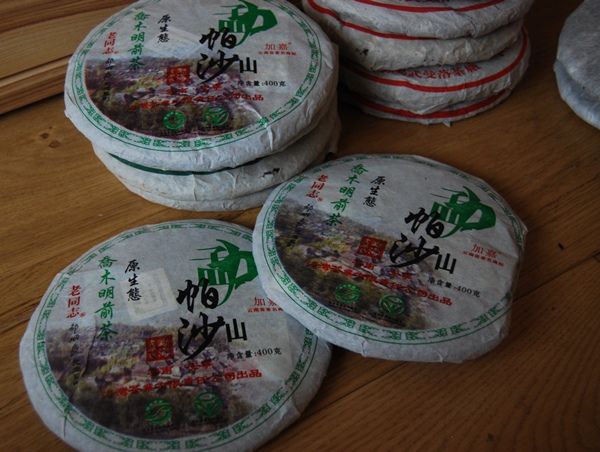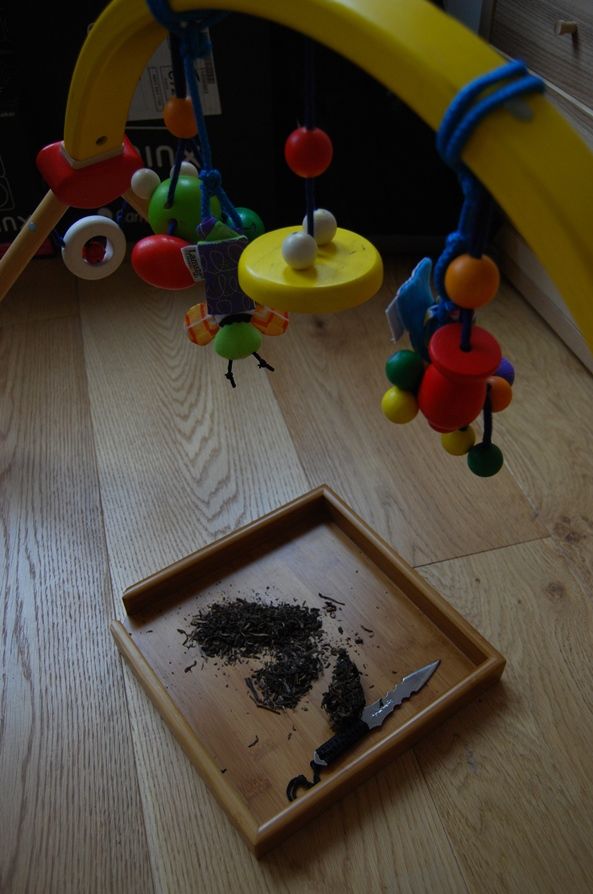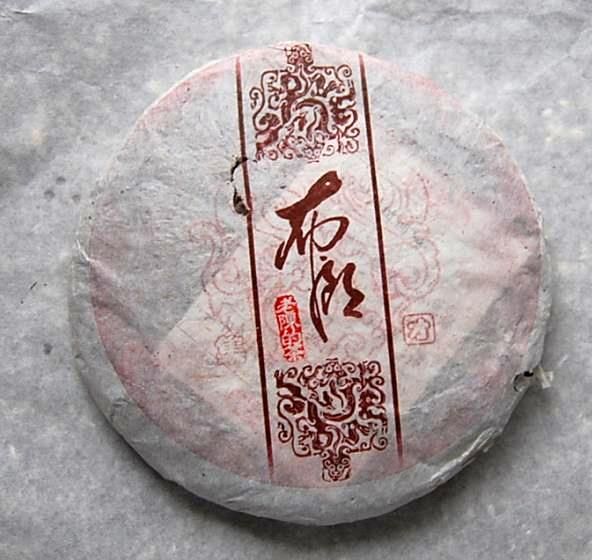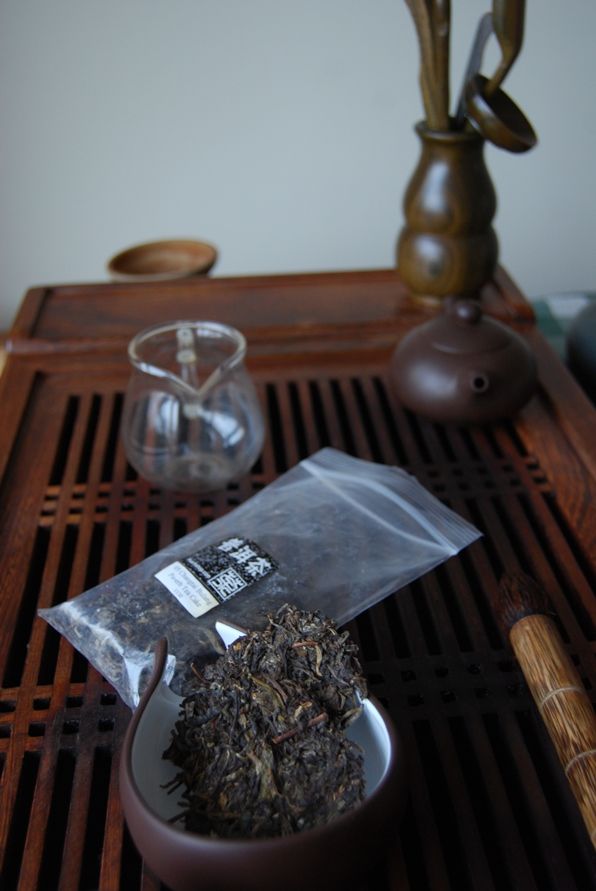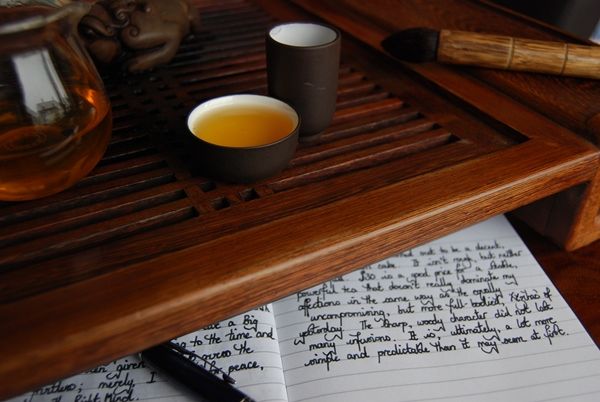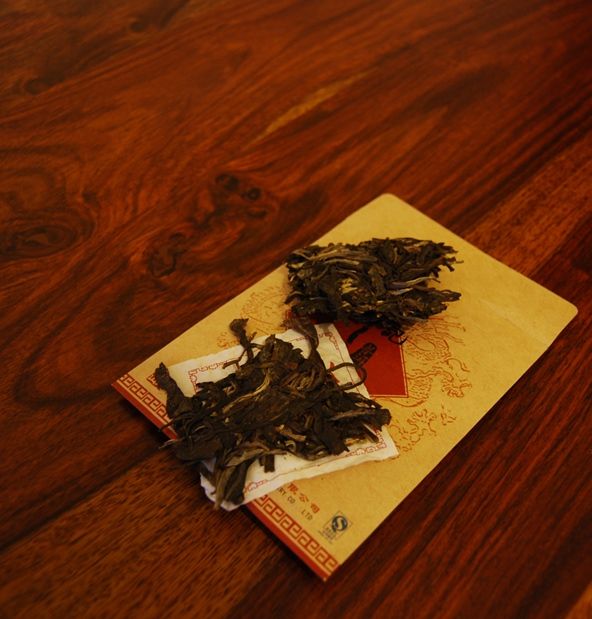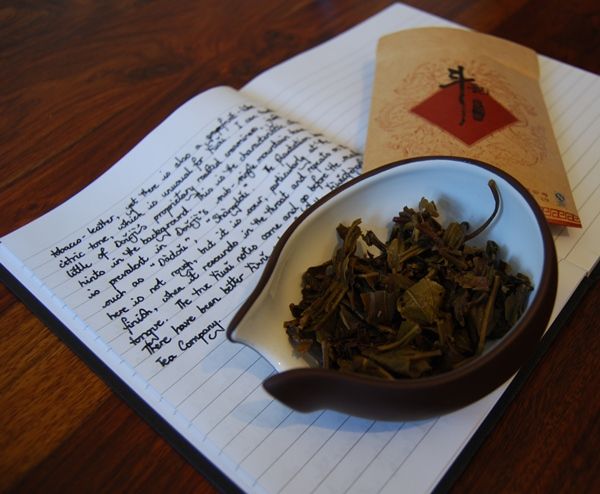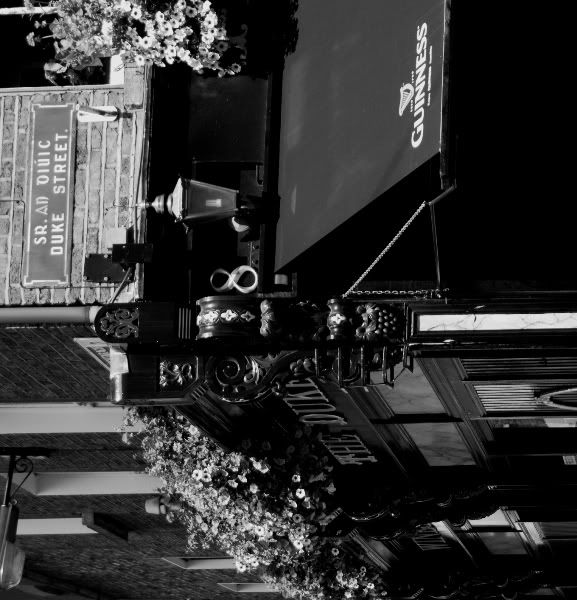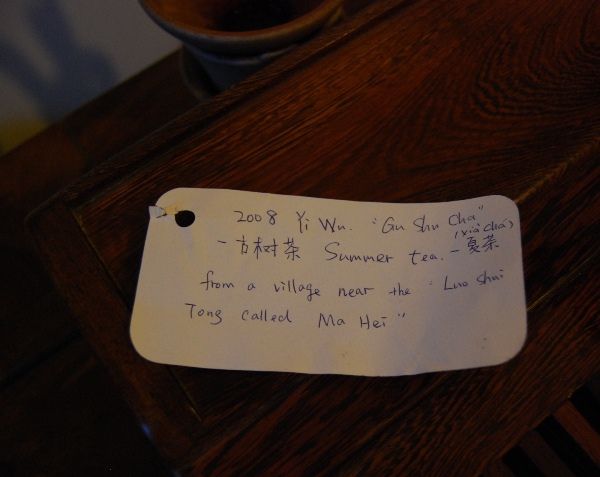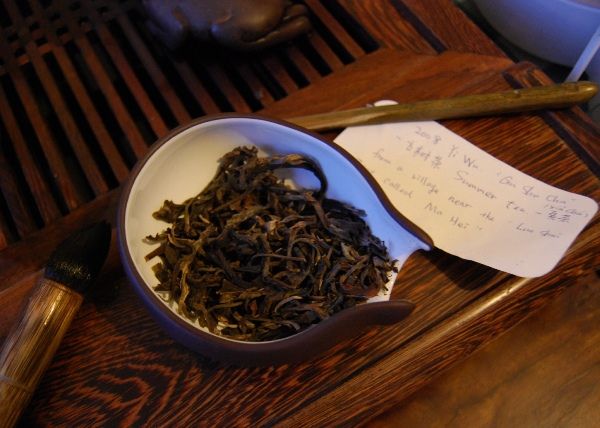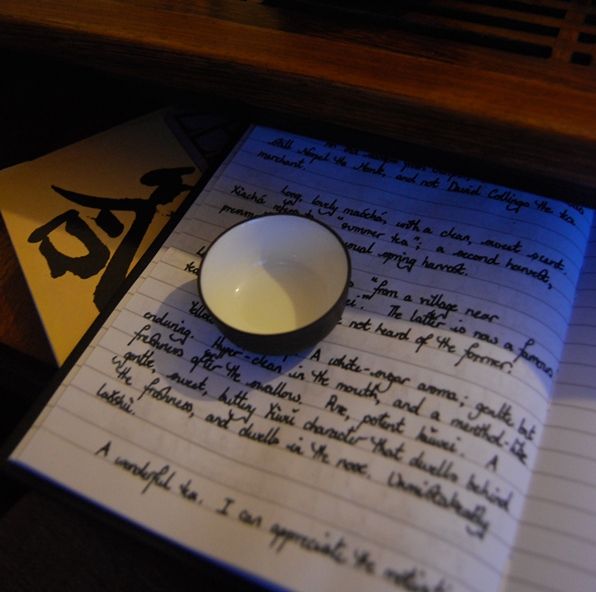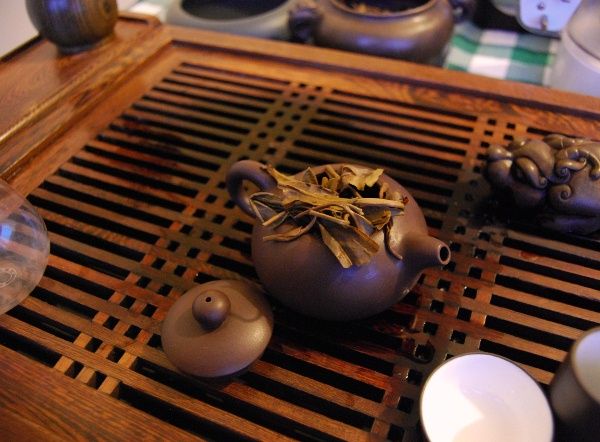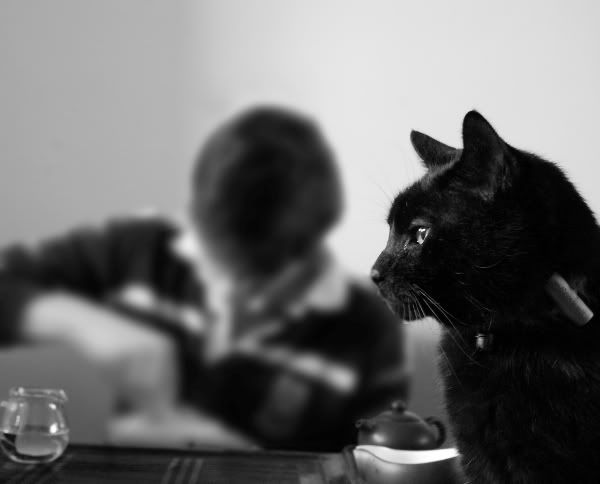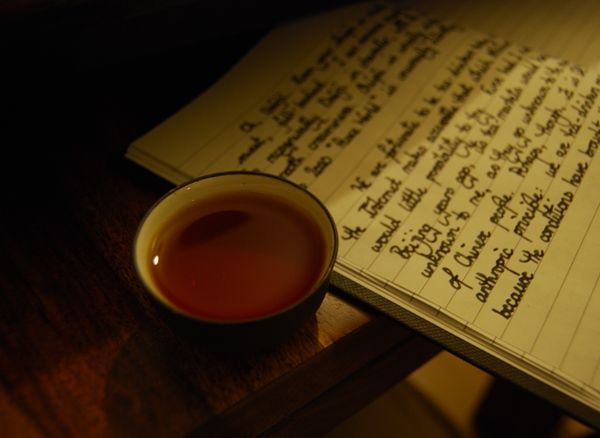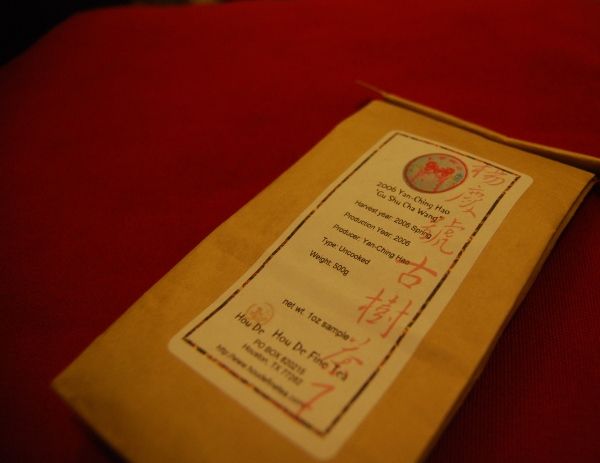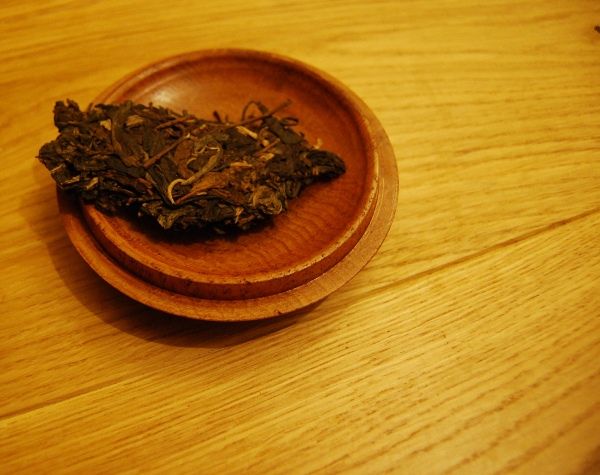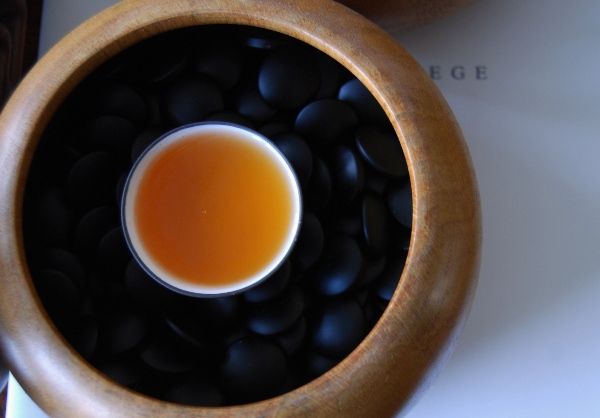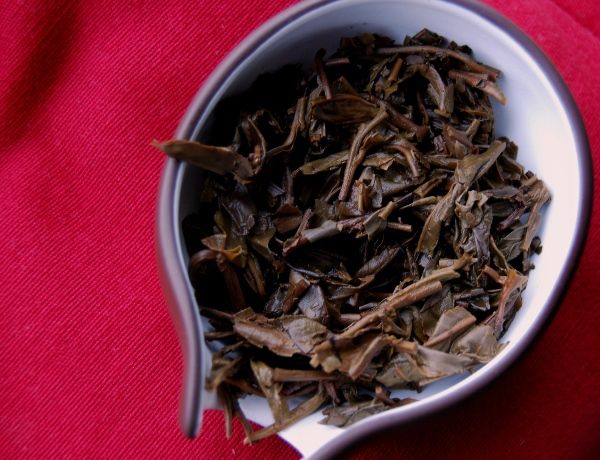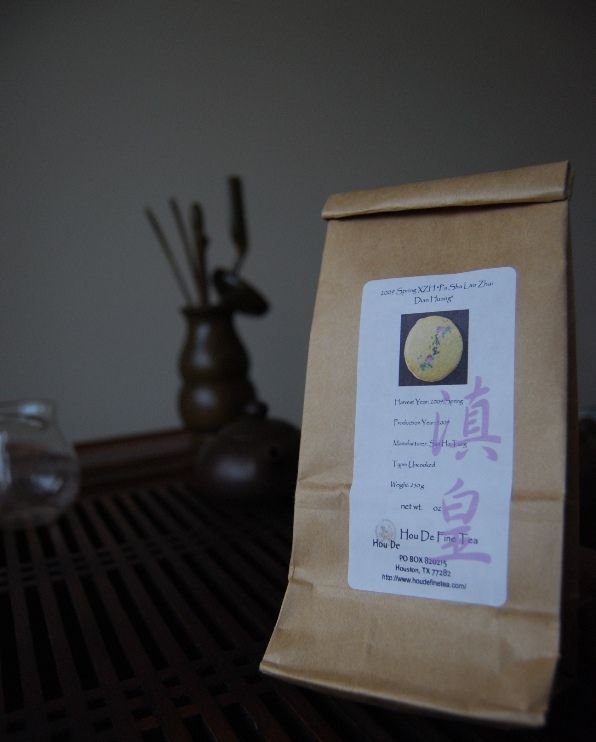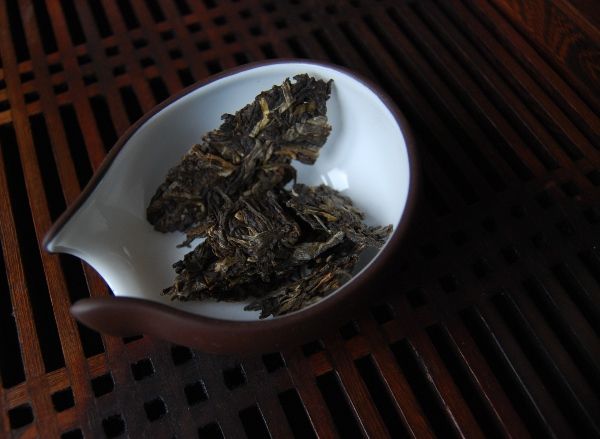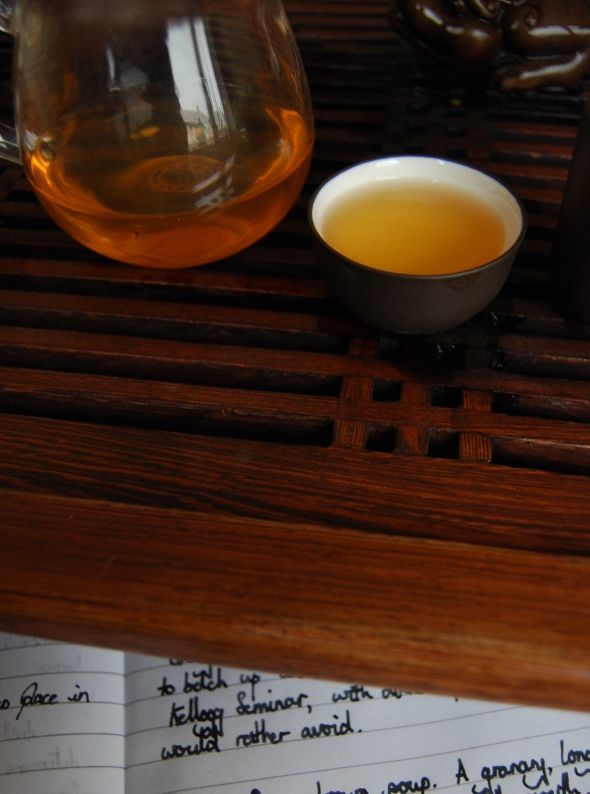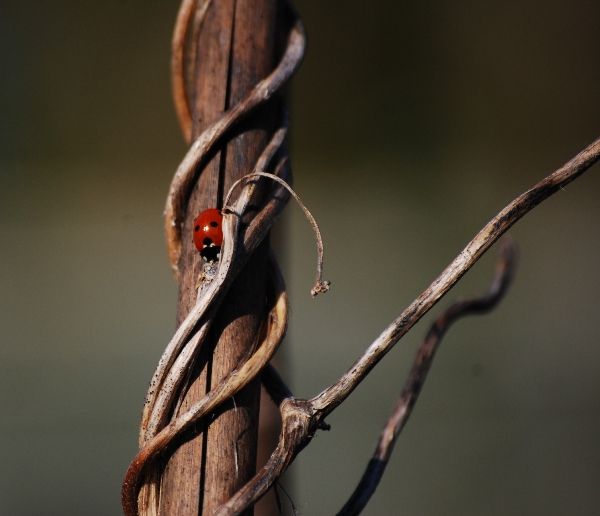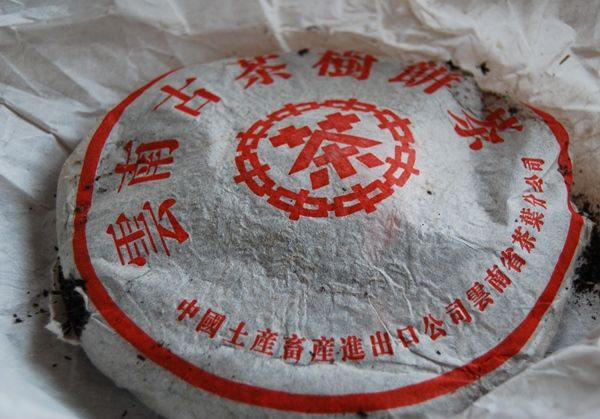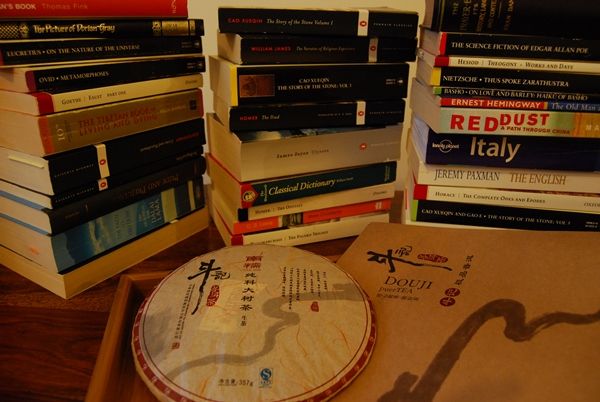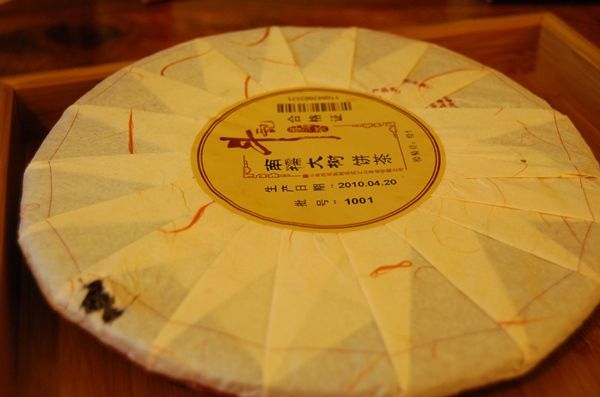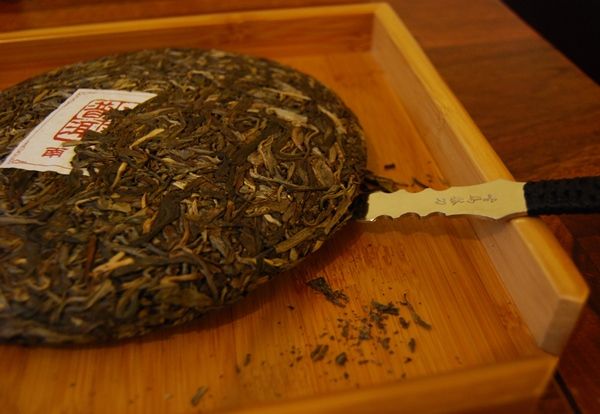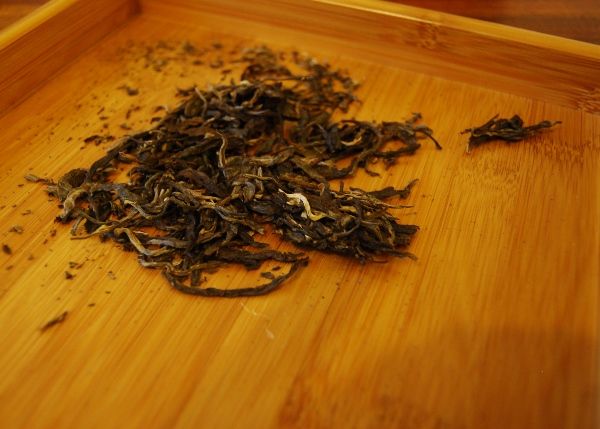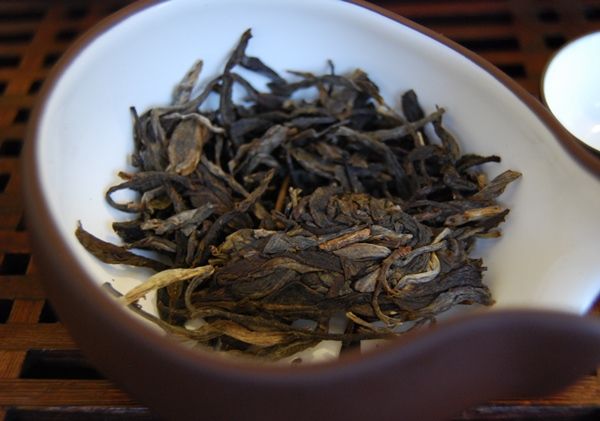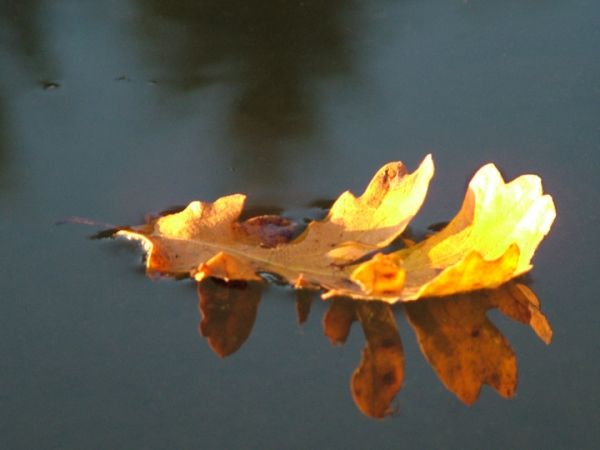This article could easily be subtitled "It's a funny old game", or, with tongue firmly in cheek, "With great power comes great responsibility".
There are three extant schools, when it comes to writing about tea, which I present to you without judgement.
The first school of thought is that embodied by Mr. Fisher's recent book, The Way of Tea. If you write about it, you kill it. Tea should be enjoyed without attempting to record it, without attempting to file it away in a dusty book, without attempting to impose our thoughts on it. If you write, you have missed the moment, and you therefore suck.
The second school of thought is that of many writers: the goal is to communicate. Perhaps with like-minded souls, perhaps with ourselves. Plenty of tea-bloggers fall into this category.
The third school of thought is embodied by the Joshu-like sound, "meh". You people have too much time on your hands, and over-think everything. Do what you will.
Meh
I have sympathies with all three schools.
Some days, I find myself in the first school: I sit up-right at my tea-table, my pen stays in its holder, my diary stays closed. I am fixed entirely on the current moment, and it feels most natural simply to do. Boil, pour, brush, drink. On such days, writing seems like a distraction.
Other days, I find myself in the second school: I write because I must. Writing is as natural to me as doodling sketches on paper is to the artist, or as tinkling out new tunes is to the musician. I've been writing for so long, in so many ways, that I even find myself getting a little edgy if I am far from my diary or logbooks. I feel naked without them. Ultimately, I write for myself. Some of my writings make it onto this frivolous little web-site, because, as with most tea-writers, I like to communicate with like-minded souls. As MarshalN so wisely once wrote, it is like a constant [distributed] tea-session between writers and readers.
Occasionally, I find myself in the third school: we are tidal creatures, and enthusiasm naturally waxes and wanes. When waxing, I write more, as a natural consequence; when waning, I don't try to force it. Easy come, easy go.
Waning
I find it hard to tell people what they should or should not be doing. To do so suggests that we know best, and I am not convinced that we do - in fact, it is hard enough to know what is best for oneself, let alone what is best for others. Zen teachers are very particular on this point. One is just as likely to get a kwatz [sharp strike] with a staff rather than wordy guidance. There's nothing to help opening one's eyes to the present as a good, unexpected smack around the shoulders, or a slap across the cheeks.
Sitting with students in tutorials, I have come to the same conclusion (usually, without the sudden episodes of violence). I can tell them what worked for me, I can point out strategies and tactics that have worked for others in the past, but, ultimately, I can only provide guidance. To do otherwise is presumptuous at best, whereby we force our opinions on others, and dangerous at worst, whereby our proposals may be entirely wrong for the individual.
Therefore, to recommend that we must treat every tea-session as a meditation, sat in quietude, and with a still pen, is to miss the point, I believe. There is as much "Zen" in the writing of a diary as there is in sitting up-right at one's tea-table. Try telling Basho not to write about his banana tree, or Buson not to sketch that dragonfly.
So, the best advice I can offer is, as always: go with what works for you.
Finding out what works for you is very hard. Writing about tea, indeed drinking tea itself, is a good method of exploring your own character.
Is tea just another passing interest in your life? A distraction? I have been through many such distractions myself. Perhaps, like me, you have thrown yourself into something, learned all there is to know about it, collected and purchased and practised it. Then, you reach a key point, when there is nothing more to learn, you believe. Nothing more to buy, nothing new to discover, no new thrills. Then, it is onto the next distraction. And so on, year after year, distraction after distraction.
Young people are like this. I write this as a crusty old fool who has passed his thirtieth birthday. Suzuki wrote, "If you are young, don't try too hard [at Zen practice]. A few minutes per day is enough. Don't overdo it, otherwise you will tire of it."
Tea can be like this. The tea blogs come and go, often starting in a blaze of enthusiasm, with the fire and passion of a young person seeking for something, trying hard to know all there is to know. I look down my list of old tea-blogs with wistful memories, remembering some excellent writers who have since tired and moved onto their next Big Thing. Sometimes it is because of the pressures of life (Phyll Sheng, come back to us!), more often, it is because tea has been "exhausted", and new thrills must be sought.
I write this without any judgement about good and bad. As I said above, I write this as someone who knows exactly what this is like, because I have done it many times throughout my life. It is a natural process.
A natural process
Ultimately, though, perhaps something sticks. Something gets under the skin. Something becomes a part of one's life, and not a mere distraction. The great forces in my life all started as a mad, passionate distraction. Those that remain with me are the ones that stuck - the aspects that I found somehow valuable, compatible with my life and outlook, useful to my daily round.
I found that this filtering effect becomes sharply focussed as the responsibilities of life increase. As an undergrad, I tried it all, and cared little about anything in particular. I loved everything, and, consequently, loved nothing.
As a graduate, my responsibilities increased, my time became more limited, and I kept mostly those things that were valuable to me. I still had a little time for passionate explorations that could be wildly abandoned, but it was lessened.
As a post-graduate, and lately a father, I have almost no time for such things. Family, housework, deadlines, my own students, projects - as the responsibilities increase, so the filtering effect becomes more focussed, and more obvious. The things that have stayed with me are those that remain essential to me. I began to see a common thread running through them all, something underneath that made them all valuable.
As a graduate, my responsibilities increased, my time became more limited, and I kept mostly those things that were valuable to me. I still had a little time for passionate explorations that could be wildly abandoned, but it was lessened.
As a post-graduate, and lately a father, I have almost no time for such things. Family, housework, deadlines, my own students, projects - as the responsibilities increase, so the filtering effect becomes more focussed, and more obvious. The things that have stayed with me are those that remain essential to me. I began to see a common thread running through them all, something underneath that made them all valuable.
Therefore, my advice: go with what works for you. If you have a passionate, compulsive personality (as I have), then my tentative advice would be not to go crazy. Listen to Suzuki, and take it easy. I would not buy every cake out there, and not try to learn all the single mountains immediately. I would not try to remember names and dates and recipes. Just drift through it, enjoy it, and maybe it will stick.
Certainly, my gentle advice would be: don't try to force yourself to write. When I started out the ol' Half-Dipper, I was intent on regular publication. This was not a good idea. Generally speaking, if you find yourself feeling burdened by your hobby, then something may need adjustment. The only person who knows this is you.
Good luck with your drinking! If we're all still here in another five years' time, then we can raise a slightly-matured toast to our continued mutual progress.


